Loop Through Files In Directory Python
Getting the Current Directory
Before we begin, let’s first understand how to obtain the current directory path using the `os` module in Python. The `os` module provides a set of functions that allow you to interact with the operating system. To get the current directory, we can use the `os.getcwd()` function. Here’s an example:
“`python
import os
current_dir = os.getcwd()
print(“Current Directory:”, current_dir)
“`
This will output the current directory path.
Listing Files in a Directory
Next, let’s learn how to retrieve a list of files in a directory using the `os` module. The `os.listdir()` function returns a list containing the names of files and directories in the specified directory. Here’s an example:
“`python
import os
files = os.listdir(current_dir)
print(“Files in Directory:”, files)
“`
This will output a list of all the files present in the current directory.
Filtering Files by Extension
Sometimes, you may only want to work with files of a specific type or extension. Python provides several methods to filter files based on their extension. One approach is to use a list comprehension to filter the files based on their extension. Here’s an example:
“`python
import os
files = [file for file in os.listdir(current_dir) if file.endswith(‘.txt’)]
print(“TXT Files in Directory:”, files)
“`
This will output a list of all the text files in the current directory.
Iterating Through Files with a For Loop
Now that we have learned how to list files in a directory, let’s explore how to iterate through each file using a for loop. We can use the `os.path.join()` function to join the current directory path with the file name and then perform operations on each file. Here’s an example:
“`python
import os
for file in os.listdir(current_dir):
file_path = os.path.join(current_dir, file)
print(“Processing File:”, file_path)
# Perform operations on the file
“`
This code snippet will iterate through each file in the current directory and print its path. You can perform specific operations on each file as required.
Processing Files Using a while Loop
In some cases, you may want to process files until a specific condition is met. This can be achieved using a while loop. Here’s an example:
“`python
import os
files = os.listdir(current_dir)
index = 0
while index < len(files):
file = files[index]
file_path = os.path.join(current_dir, file)
print("Processing File:", file_path)
# Perform operations on the file
index += 1
```
This code snippet will process each file in the current directory until the index reaches the length of the files list. Again, you can perform specific operations on each file within the loop.
Handling Subdirectories
If you have nested file structures with subdirectories, you may need to include the subdirectories in the iteration process. This can be achieved using recursion. Here's an example:
```python
import os
def process_files(directory):
for file in os.listdir(directory):
file_path = os.path.join(directory, file)
if os.path.isdir(file_path):
process_files(file_path)
else:
print("Processing File:", file_path)
# Perform operations on the file
process_files(current_dir)
```
This code snippet uses a recursive function `process_files()` to iterate through each file in the current directory and its subdirectories. It checks if the file is a directory using `os.path.isdir()` and recursively calls the function to handle nested directories.
Performing Operations on Each File
During the iteration process, you can perform specific operations on each file based on your requirements. Here's an example that reads the content of each file:
```python
import os
for file in os.listdir(current_dir):
file_path = os.path.join(current_dir, file)
if os.path.isfile(file_path):
with open(file_path, 'r') as f:
content = f.read()
print("Content of", file_path, ":", content)
```
This code snippet uses the `open()` function to read each file and prints its content. You can modify the operations within the loop to suit your needs.
**FAQs**
Q: How to list all files in the current directory using Python?
A: You can use the `os.listdir()` function to retrieve a list of files and directories in the current directory.
Q: How to loop through files in a directory using Python?
A: You can use a for loop to iterate through each file in a directory by combining the `os.listdir()` function with the `os.path.join()` function.
Q: How to read multiple files in Python using a for loop?
A: By combining the concepts of looping through files and performing operations on each file, you can read multiple files in Python using a for loop.
Q: How to list all files in a directory and its subdirectories in Python?
A: You can recursively iterate through files and directories in a directory using a recursive function that handles nested structures.
Q: How to read a file in a folder using Python?
A: You can use the `open()` function to read a file in a folder. By combining it with the `os.path.join()` function, you can specify the path of the file and read its content.
Q: How to get the current working directory in Python?
A: You can use the `os.getcwd()` function to obtain the current working directory path.
Q: How to work with files in Python?
A: Python provides various functions and modules, such as `os` and `open()`, which allow you to work with files efficiently.
How To Loop Over Files In A Directory
Keywords searched by users: loop through files in directory python List all files in current directory Python, Python loop in file, Read multiple files in python using for loop, Python list all files in directory and subdirectories, Read file in folder Python, Directory Python, Python get current working directory, Work with file Python
Categories: Top 94 Loop Through Files In Directory Python
See more here: nhanvietluanvan.com
List All Files In Current Directory Python
Python is a popular programming language widely used for various tasks, including file handling operations. If you are working with files and need to list all the files in a specific directory, Python provides several methods to accomplish this task efficiently and effectively. In this article, we will explore different approaches to list all files in the current directory using Python.
Method 1: Using the os module
Python’s built-in `os` module provides a straightforward way to list all files in the current directory. The `os` module encompasses several functions for interacting with the operating system, including file system operations. The `os.listdir()` function allows us to retrieve a list of all files and directories in a given directory.
Here is an example of how to list all files in the current directory using `os.listdir()`:
“`python
import os
current_directory = os.getcwd()
files = os.listdir(current_directory)
for file in files:
if os.path.isfile(os.path.join(current_directory, file)):
print(file)
“`
In this example, we first get the current directory using `os.getcwd()`. Then, we use `os.listdir()` to fetch all the files and directories in the current directory. Finally, we iterate through the list of files and check if each item is a file using `os.path.isfile()`. If it is indeed a file, we print its name.
Method 2: Using the pathlib module
Starting from Python 3.4, the `pathlib` module is available in the standard library. It provides an object-oriented approach to handle file paths and operations. With `pathlib`, we can quickly list all files in the current directory using the `glob()` method.
“`python
from pathlib import Path
path = Path.cwd()
files = path.glob(“*”)
for file in files:
if file.is_file():
print(file.name)
“`
In this approach, we first create a `Path` object using `Path.cwd()` to represent the current directory. Then, we use the `glob()` method with the pattern `”*”` to find all items (both files and directories) in the current directory. Finally, we iterate through each item and check if it is a file using the `is_file()` method. If it is indeed a file, we print its name using the `name` attribute.
Method 3: Using the glob module
The `glob` module is another useful module in Python for pattern matching in file and directory names. It allows us to find files and directories based on patterns using wildcards and regular expressions. To list all files in the current directory, we can utilize the `glob()` function.
Here is an example of how to use the `glob()` function to list all files in the current directory:
“`python
import glob
files = glob.glob(“*”)
for file in files:
if os.path.isfile(file):
print(file)
“`
In this example, we directly use the `glob()` function with the pattern `”*”` to find all items in the current directory. Then, we iterate through the list of items, checking if each item is a file using `os.path.isfile()`. If it is a file, we print its name.
FAQs
Q1: Why should I use Python to list all files in the current directory?
A1: Python provides an easy-to-use and powerful set of file handling capabilities. With Python, you can effectively accomplish file-related tasks, such as listing all files in a directory. Additionally, Python’s versatility makes it suitable for a wide range of applications and platforms.
Q2: What is the difference between the `os` module, `pathlib`, and `glob`?
A2: The `os` module provides basic operating system-related functions, including file system operations. `pathlib` is a newer module that offers a more object-oriented approach to file operations, making it easier to work with file paths. On the other hand, the `glob` module is specifically designed for pattern matching in file and directory names.
Q3: Can I filter the files based on their extension?
A3: Yes, you can filter the files based on their extension. For example, if you only want to list text files, you can modify the code to include a filter using string operations or regular expressions.
Q4: Is it possible to list files in multiple directories at once?
A4: Yes, it is possible to list files in multiple directories simultaneously. You can modify the code to loop through a list of directories and perform the listing operation for each directory.
In conclusion, Python offers several methods to list all files in the current directory efficiently. Whether you choose to use the `os` module, `pathlib`, or the `glob` module, Python provides a flexible and powerful way to accomplish this task with ease. Choose the method that suits your needs and start managing your files effectively with Python.
Python Loop In File
Python, one of the most popular programming languages, offers a wide range of functionalities, including the ability to automate repetitive tasks. One such useful feature is the ability to loop through files, enabling programmers to perform various operations on each line or element within a file. In this article, we will delve into Python loop in files and explore its intricacies, use cases, and some frequently asked questions.
## Understanding Python Loop in Files
Python provides multiple ways to loop through files, allowing programmers to manipulate the file data efficiently. The most commonly used approaches for looping through files include:
1. Using the “readlines” method: This method reads all the lines of a file and returns them as a list of strings. By using a loop construct such as `for line in file.readlines():`, each line can be accessed individually for further processing.
2. Using the “readline” method: This method reads a single line from the file and moves the file pointer to the next line. This method is generally utilized when the programmer wants to process lines one by one.
3. Using the file object as an iterator: Python treats a file object as an iterator, allowing the programmer to loop through the file directly, one line at a time. This approach is perhaps the most efficient way to loop through files.
Regardless of the method chosen, Python provides flexibility and ease of use when it comes to looping through files, making it a robust option for file processing tasks.
## Use Cases
Looping through files in Python can be useful in a plethora of scenarios. Let’s explore some common use cases where Python’s file looping capability can be beneficial:
1. Data Extraction: When dealing with large datasets, looping through files is instrumental in extracting relevant information. For example, suppose you have a customer data file, and you want to extract the email addresses of all the customers. By iterating through the file using a loop construct, you can effortlessly extract the desired information.
2. Data Manipulation: Python loops in files can aid in manipulating data stored in files. Let’s say you have a file containing temperature readings, and you want to convert the temperatures from Celsius to Fahrenheit. By looping through the file, performing the required calculations, and storing the results in a new file, Python simplifies the process significantly.
3. Data Validation: Often, files contain data that needs to be validated. Python loop in files can be employed to check the integrity and correctness of the data. For instance, if you have a file with user records and want to verify the age of each user, a loop in Python can help ensure that all ages are within a reasonable range.
## Frequently Asked Questions
### 1. How can I avoid reading newline characters when looping through files?
By default, Python’s file reading methods, such as `readline()`, maintain the newline character at the end of each line. To exclude the newline character, use the `strip()` method, like this:
“`python
with open(“file.txt”, “r”) as file:
for line in file:
line = line.strip()
# Perform operations on line
“`
### 2. Is there a limit to the size of files that can be looped through?
Python’s file looping capabilities are not limited by the size of the file. However, the memory available on the machine could limit the size of the file that can be read into memory all at once. To circumvent this, it is advisable to use file iteration methods that process the file one line at a time, such as the file object iterator.
### 3. Can I loop through multiple files at once using Python?
Yes, it is possible to loop through multiple files simultaneously using Python. One way to achieve this is by creating a list of file names and iterating through the list. For each filename, open the file and perform the desired operations.
“`python
file_names = [“file1.txt”, “file2.txt”, “file3.txt”]
for file_name in file_names:
with open(file_name, “r”) as file:
for line in file:
# Perform operations on line
“`
In conclusion, Python’s loop in files feature offers a powerful and flexible mechanism to iterate through files efficiently. By leveraging different approaches like `readlines()`, `readline()`, or treating a file object as an iterator, programmers can extract, manipulate, and validate data stored in files effortlessly. Whether dealing with large datasets, data extraction, data manipulation, or data validation, Python’s file looping capability proves to be an invaluable tool for programmers in automating file-related tasks.
Read Multiple Files In Python Using For Loop
Python is a powerful programming language that offers several ways to handle file operations. In this article, we will explore one of the most common scenarios – reading multiple files using a for loop. We will cover the necessary steps, provide practical examples, and address frequently asked questions to help you master this technique.
—
## How to Read Multiple Files Using a For Loop
To read multiple files in Python, you can follow these steps:
1. Identify the files you want to read.
2. Store the filenames in a list or dictionary.
3. Iterate through the list or dictionary using a for loop.
4. Open each file using the `open()` function.
5. Read the contents of each file using the appropriate file reading method.
6. Close the files after the operation is complete.
Let’s dive deeper into each step and examine the code example to better understand this process.
### Step 1: Identify Files
The first step is to identify the files you want to read. Let’s assume we have three text files named `file1.txt`, `file2.txt`, and `file3.txt`. We will store these filenames in a list as follows:
“`python
filenames = [“file1.txt”, “file2.txt”, “file3.txt”]
“`
You can modify this list according to your specific requirements. Make sure to provide the correct file names, including the extension.
### Step 2: Store Filenames
In this step, we will store the filenames in a list or dictionary for easier access during the iteration. We will use a list in our example:
“`python
files = []
for filename in filenames:
files.append(open(filename, “r”))
“`
By iterating through each filename, we open the corresponding file in read mode (`”r”`) using the `open()` function. Then, we append the file object to the `files` list, which will hold all the opened files.
### Step 3: Iterate Using For Loop
To process each file, we will iterate through the list of file objects with a for loop. We can use the same variable `file` for each iteration:
“`python
for file in files:
# Perform file operations here
“`
Within the loop, we will perform the desired file operations by using the `file` variable.
### Step 4: Open Each File
Before we can read the contents of a file, we need to open it for reading. As mentioned earlier, we have already opened the files in Step 2, so we can directly access them within the loop.
### Step 5: Read the Contents
To read the contents of a file, we can utilize various file reading methods provided by Python. The most common methods include `read()`, `readline()`, and `readlines()`. Let’s go through each method briefly:
– `read()` method: This method reads the entire content of a file as a single string.
– `readline()` method: This method reads a single line from the file each time it is called.
– `readlines()` method: This method reads all the lines of a file and returns them as a list.
Here’s an example that uses the `read()` method:
“`python
for file in files:
content = file.read()
print(content)
“`
By calling `read()` on the `file` object, we can store its content in the `content` variable. Finally, we print the content to the console. Modify this code according to your requirements and use the appropriate file reading method.
### Step 6: Close the Files
After processing the files, it is essential to close them to free up system resources. We can achieve this using the `close()` method. Let’s add this step to our example:
“`python
for file in files:
content = file.read()
print(content)
file.close()
“`
Closing the files is crucial for proper file handling and resource management.
## Example Code
Let’s bring together all the steps and present an example code snippet:
“`python
filenames = [“file1.txt”, “file2.txt”, “file3.txt”]
files = []
for filename in filenames:
files.append(open(filename, “r”))
for file in files:
content = file.read()
print(content)
file.close()
“`
Using this code, you can read multiple files by providing their names, perform desired file operations, and close the files afterward.
## FAQs
**Q**: Can I read files from different directories using this approach?
**A**: Yes, you can specify the file path along with the filename to read files from different directories. Make sure to provide the correct path and file name.
**Q**: What happens if a file does not exist or cannot be opened?
**A**: If a file does not exist or cannot be opened, Python will raise a `FileNotFoundError` or `IOError` exception. You can handle these exceptions using `try` and `except` blocks.
**Q**: How can I modify the code to read binary files?
**A**: To read binary files, you should open them in binary mode (`”rb”`). For example, `open(filename, “rb”)`.
## Conclusion
Reading multiple files in Python using a for loop is a useful technique when you need to process and analyze a collection of files. By following the outlined steps, you can easily iterate through files, read their contents, and perform various operations. Remember to close the files after you finish reading. Python’s file handling capabilities empower you to efficiently handle file operations and make your code more robust.
Images related to the topic loop through files in directory python

Found 24 images related to loop through files in directory python theme


![9] Iterate through files from current folder and subfolders and save to csv - YouTube 9] Iterate Through Files From Current Folder And Subfolders And Save To Csv - Youtube](https://i.ytimg.com/vi/FlPO87IG3lI/maxresdefault.jpg)




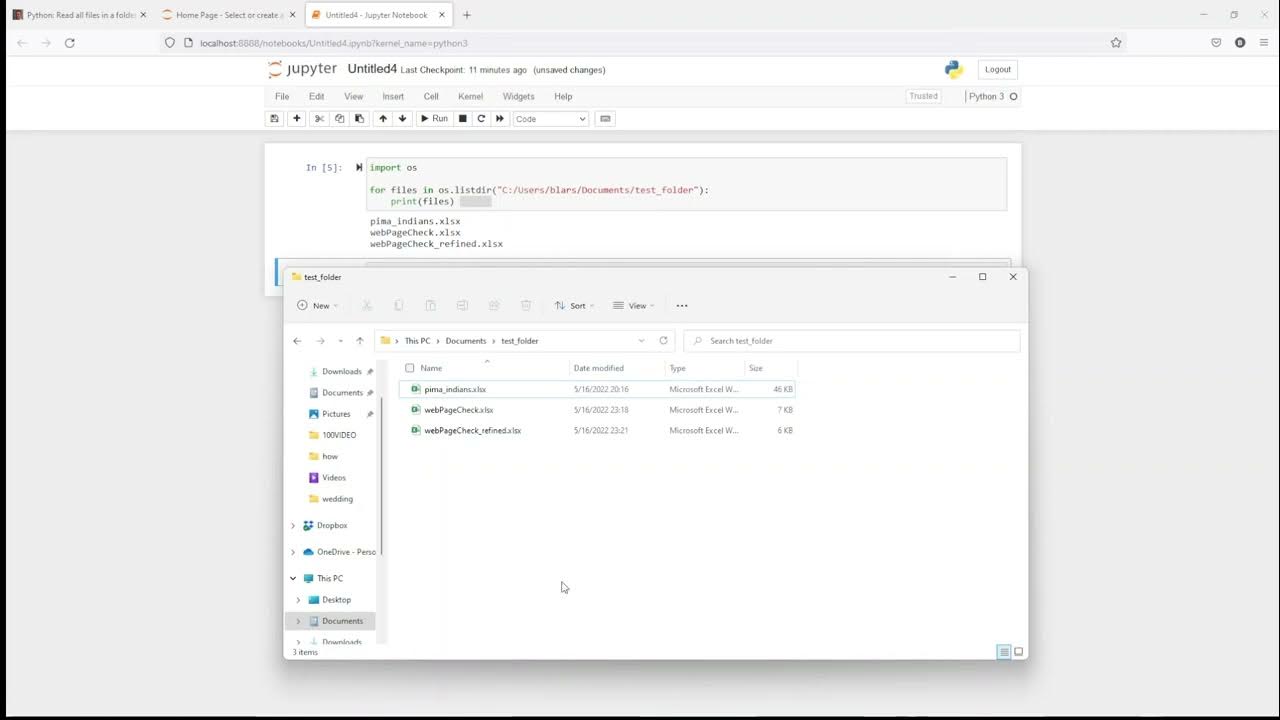





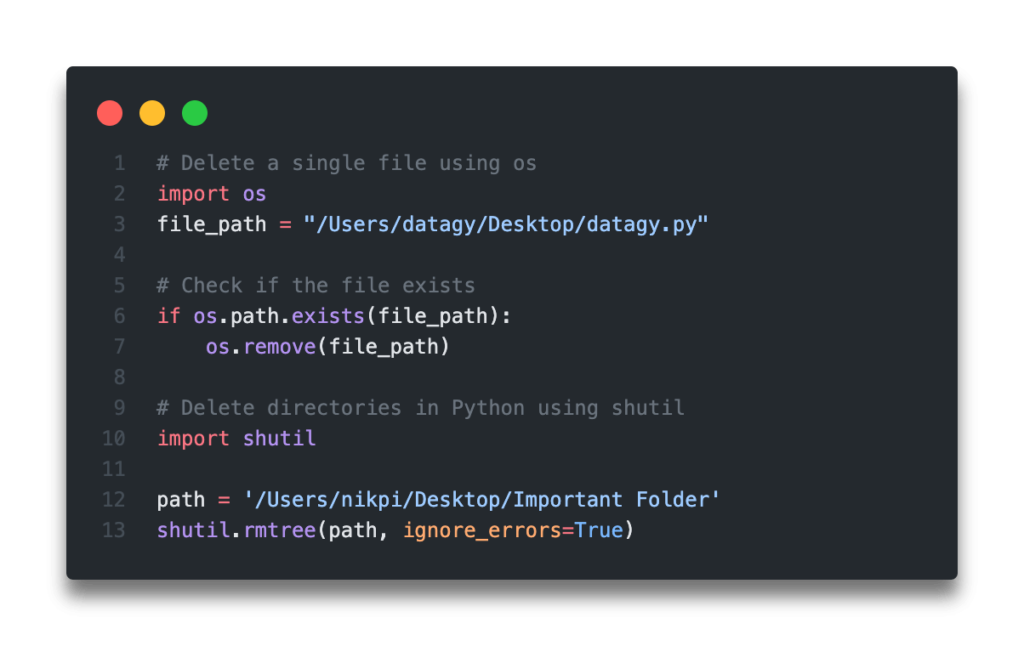


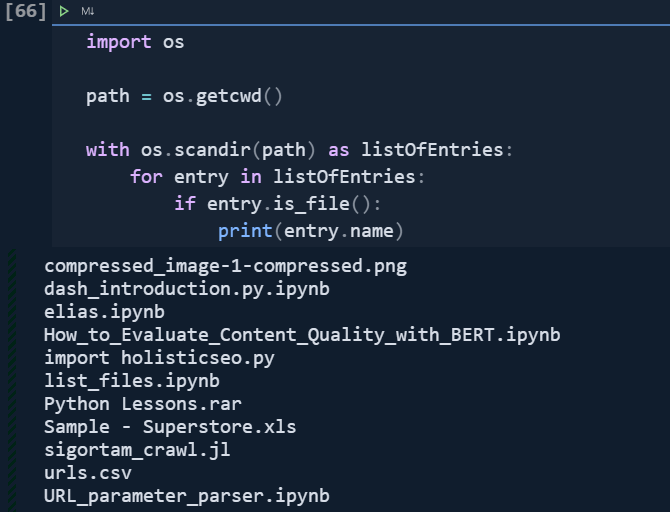

![Node.js loop through files in directory [SOLVED] | GoLinuxCloud Node.Js Loop Through Files In Directory [Solved] | Golinuxcloud](https://www.golinuxcloud.com/wp-content/uploads/fs.jpg)










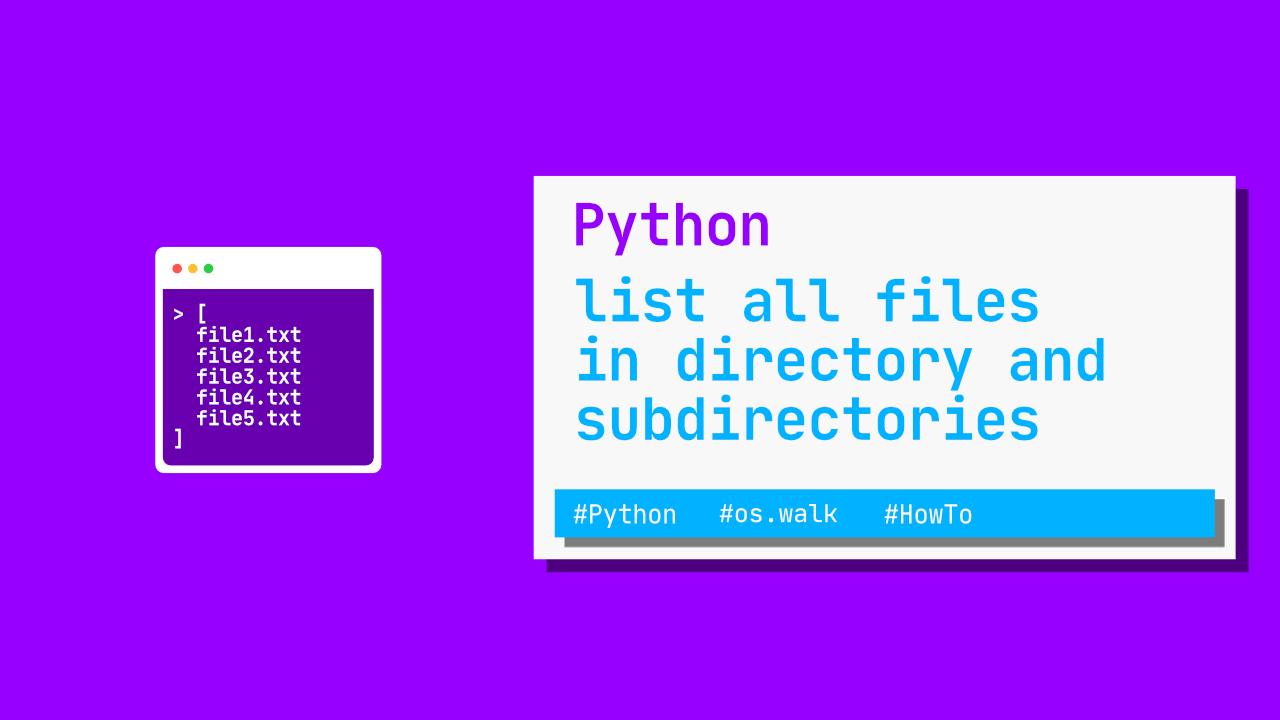






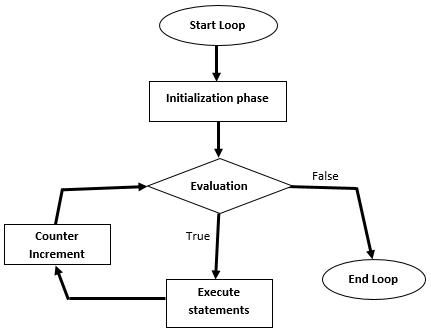


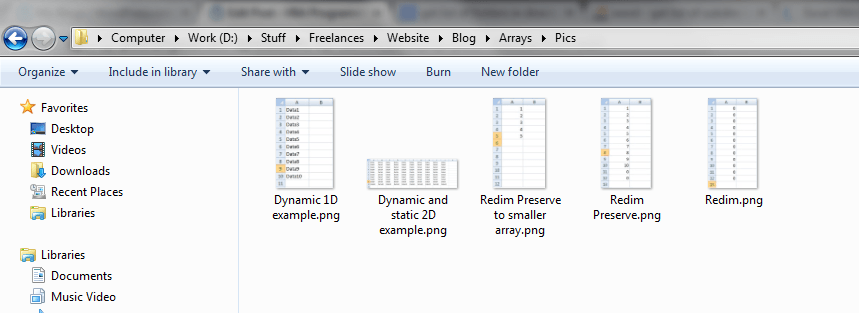









Article link: loop through files in directory python.
Learn more about the topic loop through files in directory python.
- How to iterate over files in directory using Python?
- How can I iterate over files in a given directory? – Stack Overflow
- 5 Ways in Python to loop Through Files in Directory
- Tutorial: Iterate Over Files in a Directory Using Python
- How can I iterate over files in a given directory in Python
- Iterate over files in a directory in Python – Techie Delight
- Python: Iterate over a root level path and print all its sub …
- How can I iterate over files in a given directory? – W3docs
See more: nhanvietluanvan.com/luat-hoc